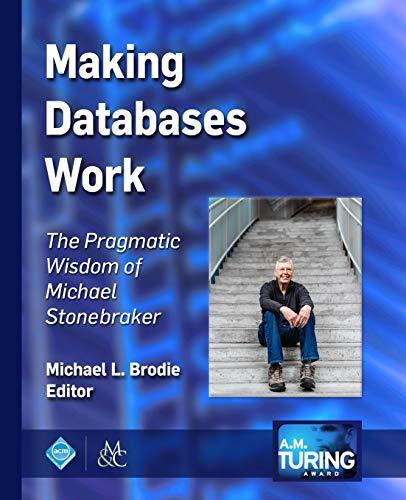Answered step by step
Verified Expert Solution
Question
1 Approved Answer
A week later, you have been asked to develop a solver for a single - player non - deterministic game called chumpkins - with -
A week later, you have been asked to develop a solver for a singleplayer nondeterministic game
called chumpkinswithdice. This time, you have a trick up your sleeve, and your heuristic
evalx now returns the exact value of a state under optimal play. However, now the gremlin
has changed the search algorithm but hasnt told you Every time the search algorithm runs
it also rolls a dice and chooses with equal probability to either add to every evaluation
value take the square of every evaluation value leave the evaluation values
unchanged. The search algorithm always outputs a policy that uses just one of these rules for
play on a given game tree. You test the algorithm empirically by running it repeatedly on many
game trees of your choosing! and averaging values of each policy that the gremlins algorithm
returns but with your evalx function. You compare the average values of the gremlins policies
to the true values computed by your evaluation function at each root state. When do you get
policies that play optimally and why?
Step by Step Solution
There are 3 Steps involved in it
Step: 1

Get Instant Access to Expert-Tailored Solutions
See step-by-step solutions with expert insights and AI powered tools for academic success
Step: 2

Step: 3

Ace Your Homework with AI
Get the answers you need in no time with our AI-driven, step-by-step assistance
Get Started


